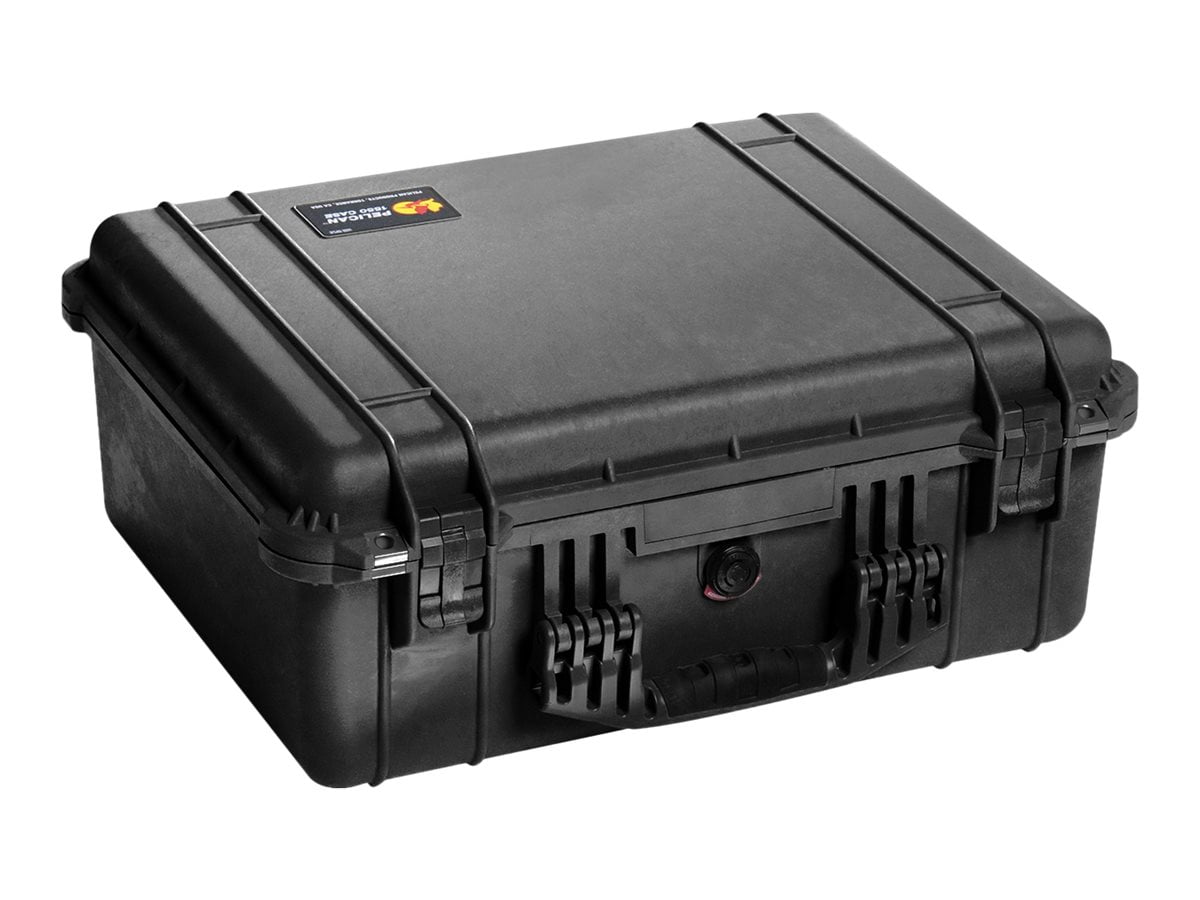
and Afghan military for security purposes, the Department of Defense and the Afghan government eventually adopted the technologies for a range of day-to-day governmental uses. In addition to the use of biometric data by the U.S. It is unclear how close the military came to this goal. Over the years, to support these military objectives, the Department of Defense aimed to create a biometric database on 80% of the Afghan population, approximately 32 million people at today’s population level. That device was replaced by the Identity Dominance System-Marine Corps in 2017, which uses a laptop with biometric data collection sensors, known as the Secure Electronic Enrollment Kit.


Army and Marine Corps used the Biometric Enrollment and Screening Device, which enrolled the iris scans, fingerprints and digital face photos of “persons of interest” in Afghanistan. Army and its military partners in the Afghan government were using biometric-enabled intelligence or biometric cyberintelligence on the battlefield to identify and track insurgents. Intelligence analysts can also use the system to monitor people’s movements and activities by tracking biometric data recorded by troops in the field.īy 2011, a decade after 9/11, the Department of Defense maintained approximately 4.8 million biometric records of people in Afghanistan and Iraq, with about 630,000 of the records collected using HIIDE devices. In addition to biometric data, the system includes biographic and contextual data such as criminal and terrorist watchlist records, enabling users to determine if an individual is flagged in the system as a suspect. Users of these devices can collect iris and fingerprint scans and facial photos, and match them to entries in military databases and biometric watchlists. HIIDE is a single small device that incorporates a fingerprint reader, iris scanner and camera. BAT includes a laptop, fingerprint reader, iris scanner and camera.

forces were collecting biometric data primarily through mobile devices such as the Biometric Automated Toolset (BAT) and Handheld Interagency Identity Detection Equipment (HIIDE). military personnel had been trained to collect biometric data to support the wars in Afghanistan and Iraq. Identity dominance means being able to keep track of people the military considers a potential threat regardless of aliases, and ultimately denying organizations the ability to use anonymity to hide their activities.īy 2004, thousands of U.S. 11, 2001, in her book “ First Platoon.” The Department of Defense quickly viewed biometric data and what it called “identity dominance” as the cornerstone of multiple counterterrorism and counterinsurgency strategies. Investigative journalist Annie Jacobson documented the birth of biometric-driven warfare in Afghanistan following the terrorist attacks on Sept.

My research and the work of journalists and privacy advocates who study biometric cybersurveillance anticipated these data privacy and security risks. This potential data breach underscores that data protection in zones of conflict, especially biometric data and databases that connect online activity to physical locations, can be a matter of life and death. Many Afghans fear that the identity documents and databases storing personally identifiable data could be transformed into death warrants in the hands of the Taliban. have been attempting to hide or destroy physical and digital evidence of their identities. and coalition forces.Īfghans who once supported the U.S. to track Afghans, including people who worked for U.S. In the wake of the Taliban’s takeover of Kabul and the ouster of the Afghan national government, alarming reports indicate that the insurgents could potentially access biometric data collected by the U.S.


 0 kommentar(er)
0 kommentar(er)
